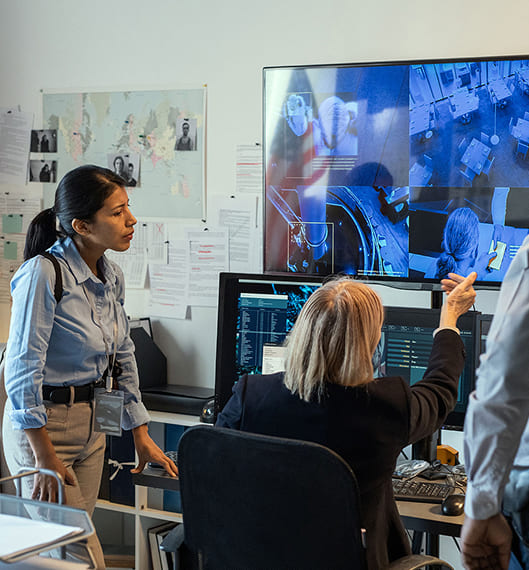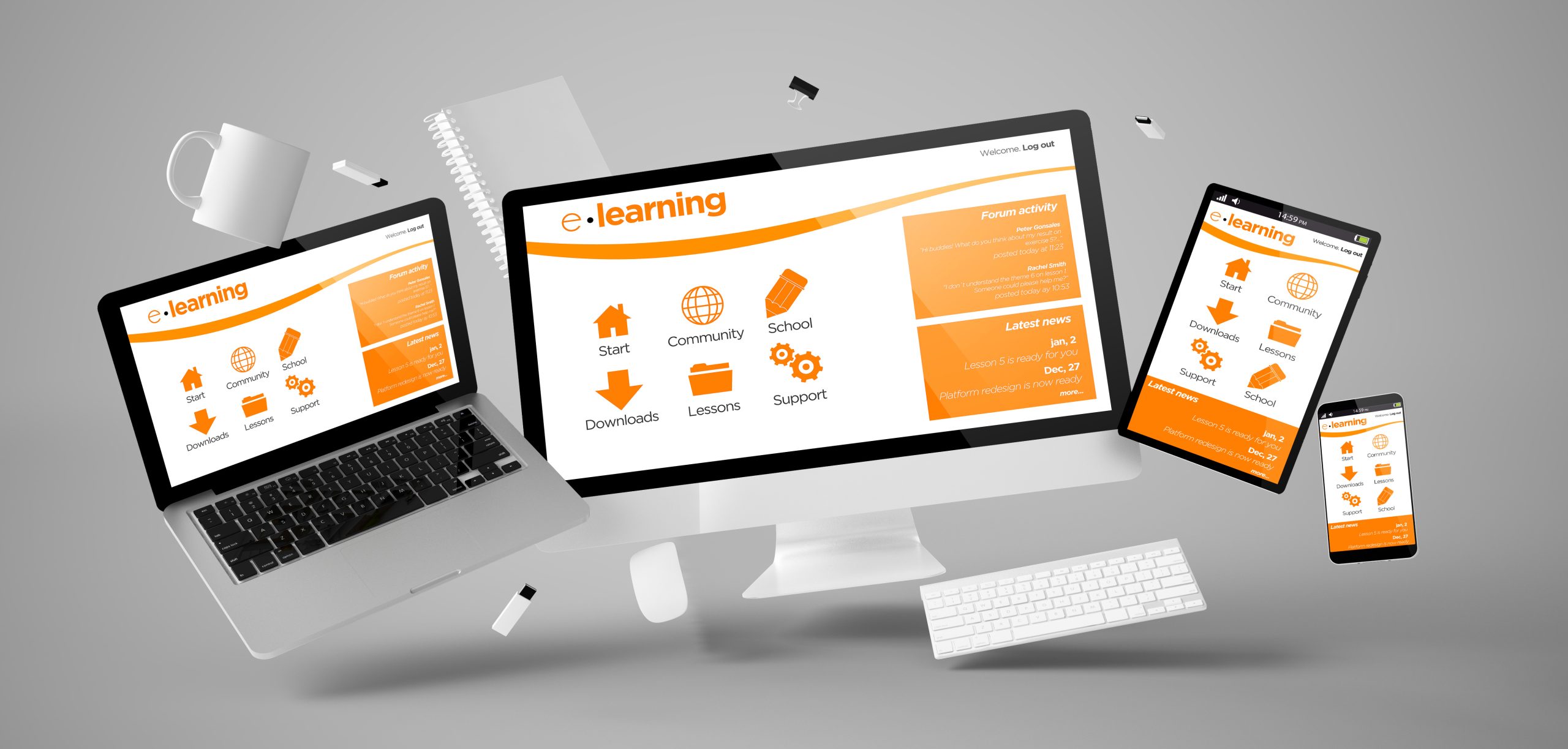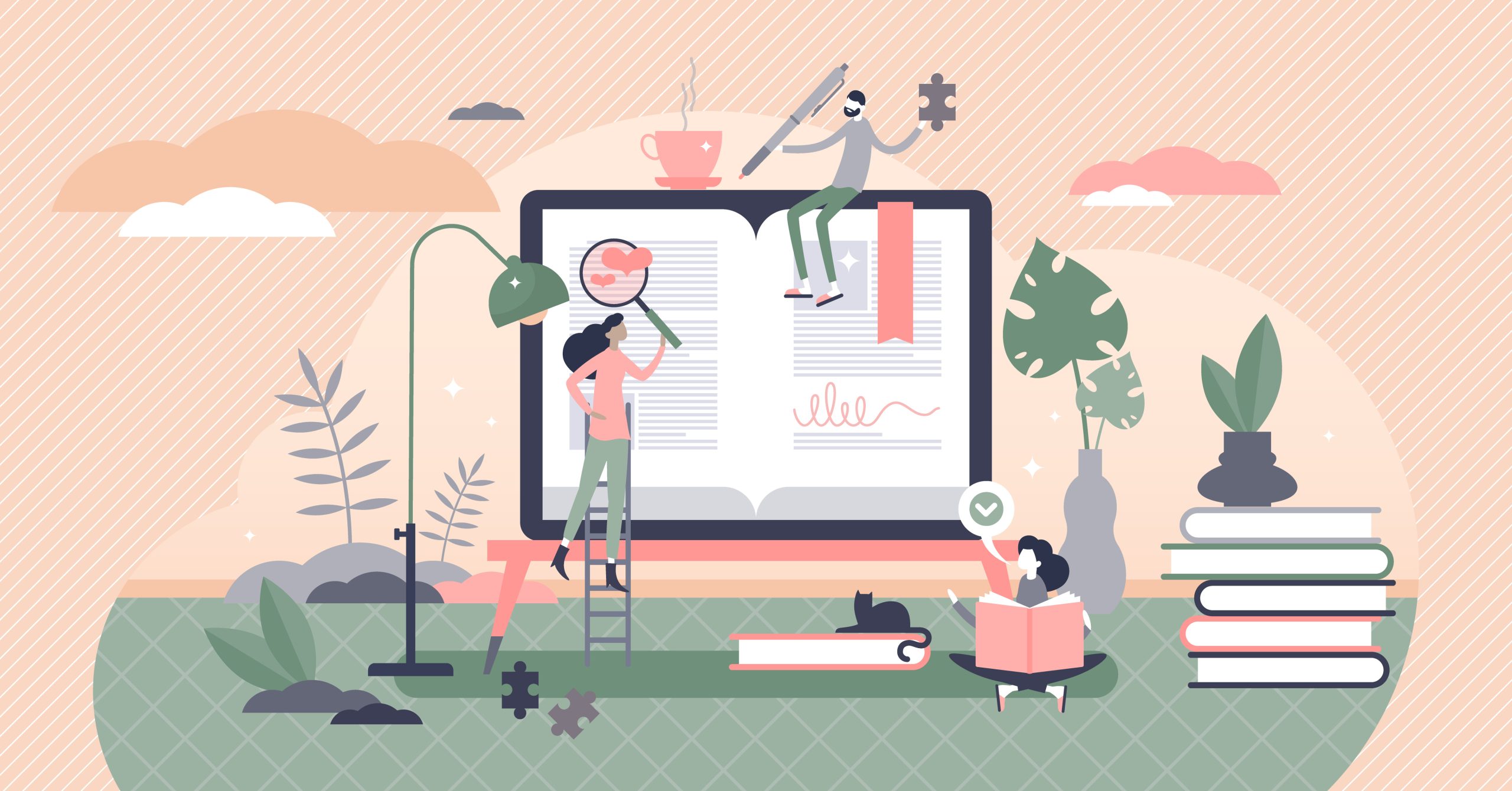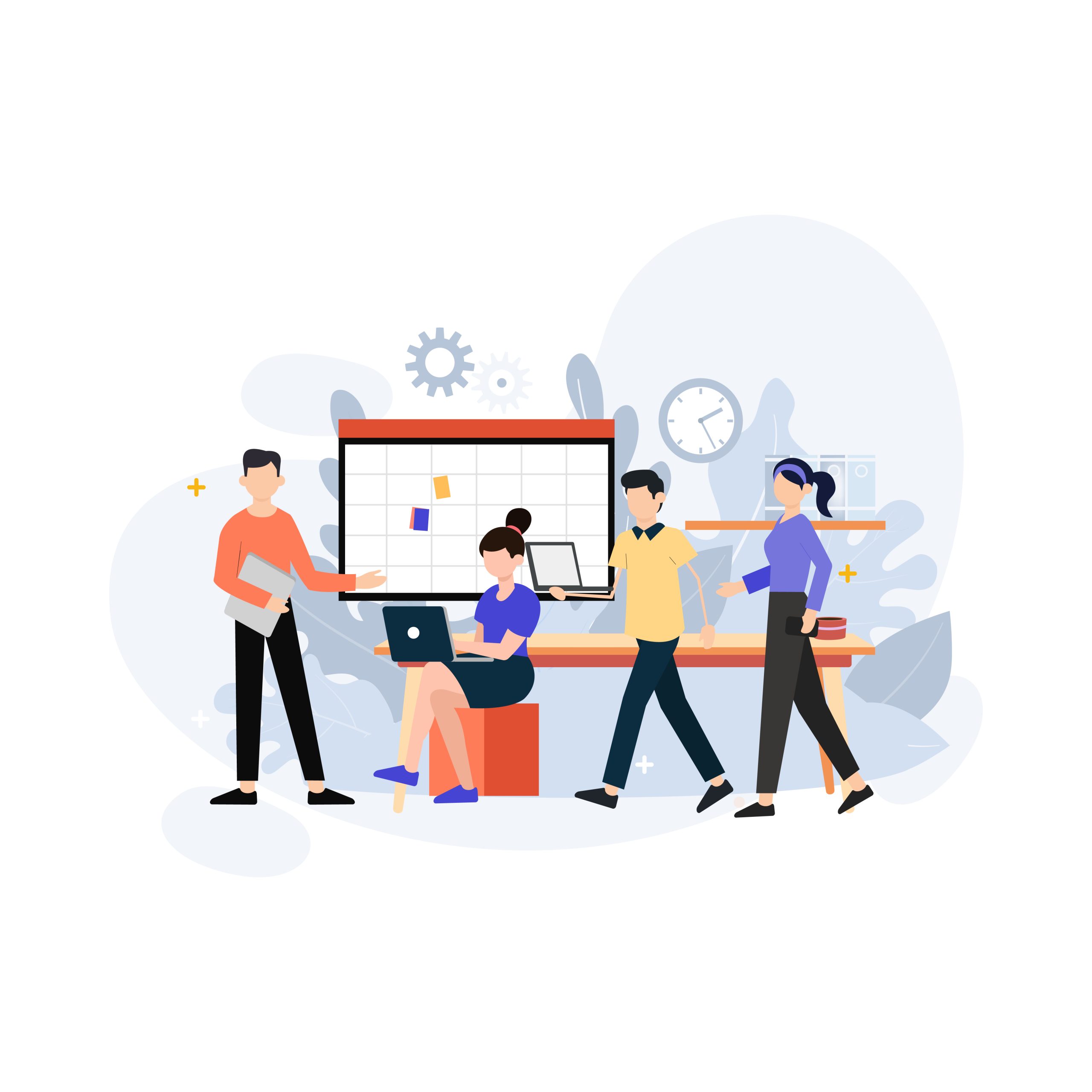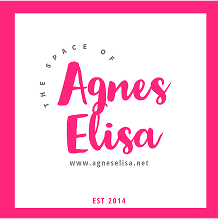How do I Work?

A Collaborative and Transparent Process, from Idea to Impact
At The Space of Agnes Elisa, I believe that great instructional Design begins with listening, continues with collaboration, and ends with meaningful results. Whether you're launching a new course, redesigning an existing training program, or developing a comprehensive learning strategy, my process ensures clarity, creativity, and alignment with your goals.
Here's how we'll work together, step by step:
Discovery & Needs Assessment
- We begin with a strategic conversation to understand your training challenges, target audience, goals, timeline, and organizational context. This includes: Identifying your training gaps and performance issues
- Clarifying the project scope, content availability, and key stakeholders
- Recommending the right learning format (self-paced, blended, microlearning, etc.)
Design Strategy & Storyboarding
Once we’re aligned, I create a customized learning strategy and begin mapping your course structure, activities, and flow. This phase includes:
- Writing learning objectives and assessment strategies
- Developing content outlines and visual learning maps
- Creating detailed storyboards and scripts for review and feedback
Development of the eLearning Course
Using authoring tools like Articulate Rise, Storyline, Vyond, or H5P, I transform the storyboard into an interactive, branded course. This phase includes:
- Creating visually engaging, accessible eLearning content
- Integrating quizzes, simulations, videos, and scenario-based activities
- Ensuring SCORM compliance and mobile responsiveness
Review, Feedback & Revisions
You and your team review the course and provide feedback. I revise and fine-tune all components to ensure alignment with your brand, tone, and learner expectations.
Deliverable: Finalized course, fully tested and ready to launch
Implementation & Evaluation
I assist with LMS integration (if needed) and provide recommendations for measuring learner success and long-term impact. This includes:
- Launch support and troubleshooting
- Development of learning impact surveys or knowledge checks
- Post-course performance evaluation strategies
A Collaborative and Transparent Process, from Idea to Impact
If you need to maintain or update the course, localize it for other languages, or scale your training program across teams, I'm available for continuous support
Let's Design Learning That Works
If you're ready to elevate your training with a process that's collaborative, strategic, and results-focused, I'd love to work with you.

Let's Connect
If you're seeking support in designing your next learning experience or need expert intelligence consulting for your organization, I invite you to reach out.
I offer tailored solutions that align with your goals and challenges, and I'm always ready to collaborate on projects that create meaningful impact
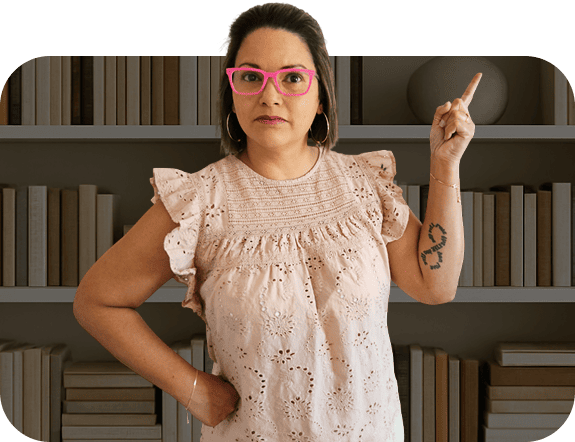
You can schedule a complimentary consultation, submit a service request, or browse my portfolio to discover how I can help your team achieve success.
Frequently Asked Questions
Find answers to common queries about academic research, teaching methodologies, and Agnes Elisa’s work in social justice and criminal justice.
What are the primary responsibilities of a Bilingual eLearning Instructional Designer?
A Bilingual eLearning Instructional Designer is responsible for creating compelling, engaging, and culturally appropriate eLearning content for diverse audiences. Duties include:
- Designing and developing eLearning courses using authoring tools like Articulate Storyline, Rise, or Adobe Captivate.
- Translating and localizing content for multilingual learners to ensure cultural and linguistic appropriateness.
- Collaborating with subject matter experts (SMEs) to gather and refine course content.
- Applying instructional design models like ADDIE or SAM to structure the learning process.
- Integrating multimedia elements like graphics, videos, and interactive activities to enhance learning.
What skills are essential for a Bilingual eLearning Instructional Designer?
Key skills include:
- Instructional Design Expertise: Proficiency in designing engaging, learner-centered content.
- Technical Skills: Familiarity with eLearning tools and Learning Management Systems (LMS).
- Bilingual Proficiency: Fluency in two or more languages to ensure accurate translation and cultural relevance.
- Collaboration: Ability to work with SMEs, developers, and stakeholders.
- Problem-Solving: Adapting designs to address unique learner needs and project constraints.
What is the typical process for creating an eLearning course?
The process often follows the ADDIE model:
- Analysis: Identify the learners’ needs, objectives, and content requirements.
- Design: Develop a blueprint, including learning objectives, activities, and assessments.
- Development: Build the course using eLearning tools, incorporating multimedia and interactivity.
- Implementation: Upload the course to an LMS or platform and ensure it functions properly.
- Evaluation: Collect learner feedback and analytics to improve the course.
How does being bilingual enhance an eLearning Instructional Designer's effectiveness?
Being bilingual enables designers to:
- Create inclusive and culturally sensitive content for a global audience.
- Translate and localize training materials while maintaining instructional integrity.
- Communicate effectively with multilingual teams and stakeholders.
- Adapt designs to address linguistic nuances and cultural differences, ensuring relevance and engagement for all learners.
What challenges do Bilingual eLearning Instructional Designers face, and how can they overcome them?
Challenges include:
- Maintaining Consistency Across Languages: Ensuring the same quality and instructional intent in all translations.
- Solution: Use translation memory tools and collaborate with professional linguists.
- Cultural Differences: Adapting content to suit the cultural context of learners.
- Solution: Research and include culturally relevant examples and scenarios.
- Technology Limitations: Navigating LMS restrictions or tool compatibility issues.
- Solution: Test content on various platforms and devices to ensure accessibility.

